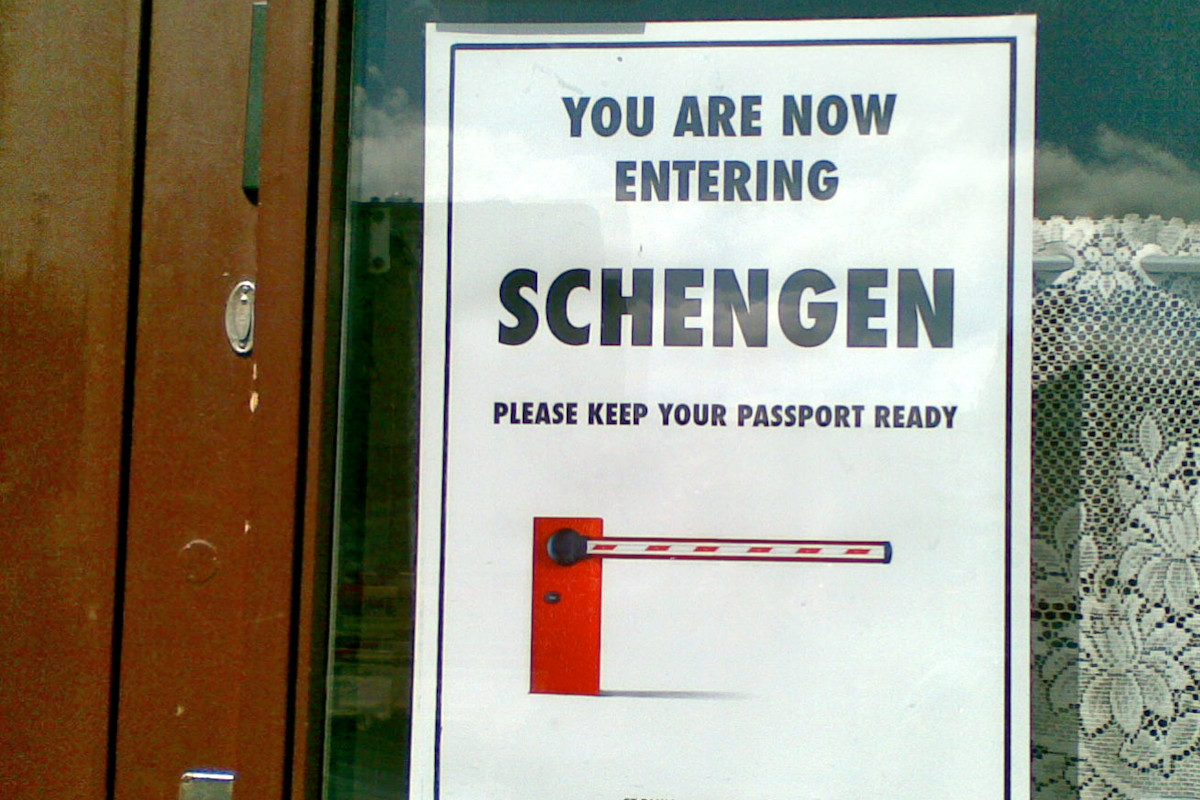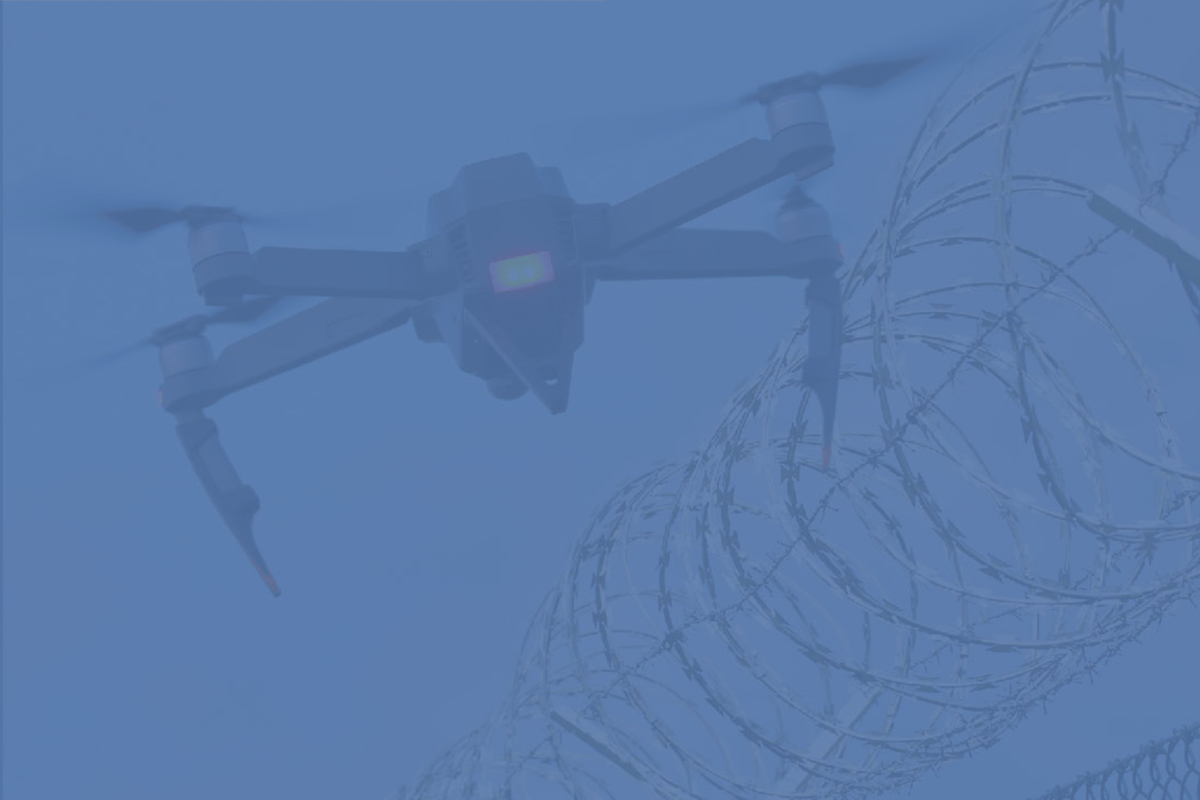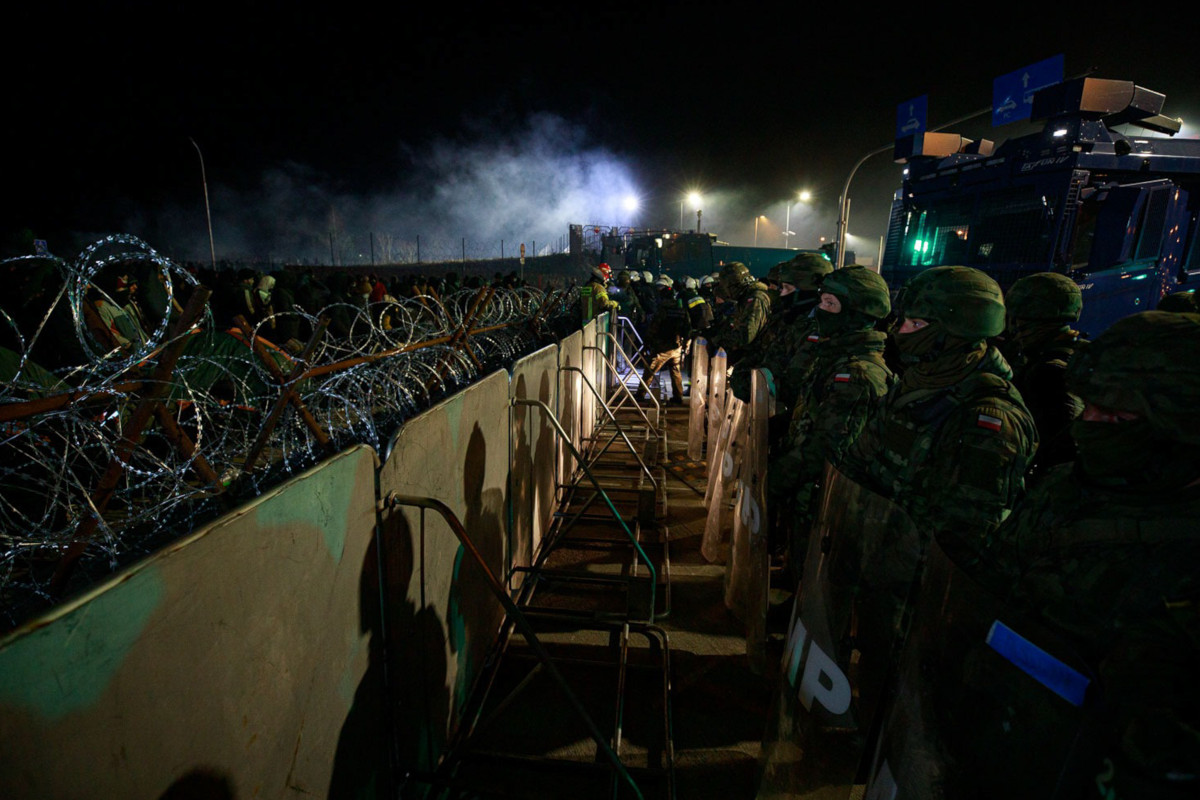Racial profiling and "internal pushbacks" in new Schengen borders legislation
Topic
Country/Region
15 February 2024
Statewatch is publishing the final compromise text of the revised Schengen Borders Code, which is due for adoption soon by the Council and the Parliament. The text has been heavily criticised for encouraging racial profiling through the increased use of police patrols and checks at internal borders in the Schengen area, as well as legitimating "internal pushbacks", with the aim of avoiding the full-blown reintroduction of internal border controls.
Support our work: become a Friend of Statewatch from as little as £1/€1 per month.

Image: Fif', CC BY-SA 2.0
The proposed Regulation, which comes hot on the heels of other new legislation as part of the Pact on Migration and Asylum, has a number of goals, as explained in the compromise text document (pdf):
a) establish a new mechanism which should allow for a timely adoption by the Council of a binding instrument setting out temporary travel restrictions at the external borders in case of a pandemic,
b) address the instrumentalisation of migrants, where a third country actor is using human beings to destabilise the Union or its Member States,
c) create a new mechanism allowing for a European response to problems affecting a majority of Member States at the same time and thus putting the overall functioning of the Schengen area at risk,
d) clarify and expand the list of elements that must be assessed by a Member State when taking the decision on temporary reintroduction of border controls,
e) provide that safeguards should always be applied, to limit the negative impact of the temporary reintroduction of border checks at internal borders, should this reintroduction be inevitable.
The Platform for International Cooperation on Undocumented Migration has said that the text will increase the use of police checks at internal borders that will be based on "racial, ethnic, or religious characteristics," whilst warning that it also legalises "the violent practice of ‘internal pushbacks’, which consists in apprehending and detaining people caught without a valid document near an internal border, and transferring them to the member state the police think the person came from without conducting an individual assessment."
The document includes an explanation from the Presidency of "the key elements of the compromise text":
– Travel restrictions – The definition and concept of “large-scale public health emergency” were agreed and the Parliament accepted that Member States can apply stricter measures than those agreed at EU level. A supplementary list of categories of travellers that could be exempted from travel restrictions was included from which categories of essential travellers could be added to Annex XI by means of an implementing act.
– Alternative police measures – These measures are intended to enable Member States to avoid having to resort to the reintroduction of internal border controls. These provisions were largely maintained in the final agreement. This is an important element since it will expand the toolbox available to Member States to deal with threats before reintroducing internal border controls.
– Transfer procedure – The procedure will take place in the context of a bilateral cooperation framework. Minors will not be exempted from the procedure, but procedural safeguards will be included.
– Instrumentalisation – A cross-reference was made to the definition of instrumentalisation as contained in the Crisis Regulation
– Attempt to cross the external border en masse and using force – The wording of a ruling of the European Court of Human Rights was maintained.
– Reintroduction/prolongation of internal border controls – On the issue of a maximum duration for which Member States can reintroduce internal border controls, an agreement was reached for a total period of two years, with possibility of two additional prolongations of 6 months each. In the case of a situation putting at risk the overall functioning of the area without internal border controls that affects several Member States, the application of the provision will be restricted to large scale public health emergencies.
Documentation
- Proposal for a Regulation of the European Parliament and of the Council amending Regulation (EU) 2016/399 on a Union Code on the rules governing the movement of persons across borders ‒ Analysis of the final compromise text with a view to agreement (Council doc. 6331/24, LIMITE, 13 February 2024, pdf)
Our work is only possible with your support.
Become a Friend of Statewatch from as little as £1/€1 per month.
Further reading

Europe’s techno-borders: digital infrastructure for migration control
A new Statewatch/EuroMed Rights publication analyses the past, present and future of Europe’s “techno-borders” – the extensive infrastructure of surveillance systems, databases, biometric identification techniques and information networks put in place over the last three decades to provide authorities with knowledge of – and thus control over – foreign nationals seeking to enter or staying in EU and Schengen territory.

EU: Council to push for “on the spot” biometric ID checks, inserting “all available data” in Schengen Information System
The Council of the EU is set to call for “an ambitious implementation” of new rules on EU policing and immigration databases, including “on the spot” biometric ID checks with mobile fingerprint readers and face scanners; ensuring that “all available data” from national databases is added to the Schengen Information System; and enabling “full use of discreet checks, inquiry checks and specific checks,” which allow the gathering of information about targeted individuals.

EU: Asylum and borders proposals: the only attack taking place is the attack on peoples’ rights
In response to the arrival of thousands of people at the EU's borders with Belarus, the European Commission has published a raft of new proposals that would weaken asylum rights and strengthen border surveillance and controls. Described as “temporary” on 1 December, proposals published this week would allow their enactment whenever the Council deems migrants are being “instrumentalised” to “attack” the European Union.
Previous article
Civic space in Cyprus must be protected
Next article
UK: Law changes will make it harder to hold police to account for illegal data access
Spotted an error? If you've spotted a problem with this page, just click once to let us know.

